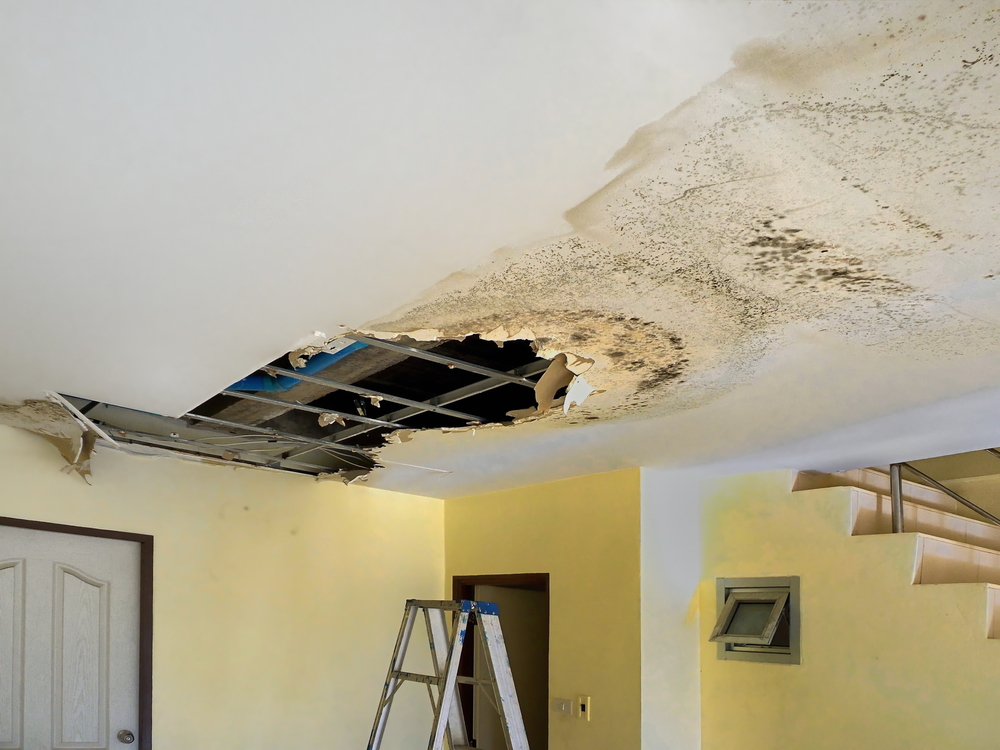Exactly how to Discover and Repair Work Water Leaks-- A Comprehensive Guide
Exactly how to Discover and Repair Work Water Leaks-- A Comprehensive Guide
Blog Article
Just how do you really feel in regards to Hacks to detect leaks?

Early discovery of leaking water lines can mitigate a prospective disaster. Apart from conserving you cash, it will minimize the worry and also irritation. The minute you discover a leak, calling your plumber for repair services is the most effective option. However, some small water leakages might not be visible. Below are some hacks that aid if you can not discover it with your naked eyes.
1. Take A Look At the Water Meter
Every residence has a water meter. Examining it is a surefire way that helps you discover leaks. For beginners, shut off all the water sources. Make certain nobody will purge, make use of the tap, shower, run the cleaning machine or dishwashing machine. From there, go to the meter and watch if it will certainly change. Considering that nobody is using it, there need to be no movements. If it relocates, that suggests a fast-moving leakage. If you identify no modifications, wait a hr or two and inspect back once more. This suggests you may have a sluggish leakage that could also be below ground.
2. Inspect Water Intake
If you find abrupt changes, despite your intake being the exact same, it indicates that you have leaks in your plumbing system. A sudden spike in your bill shows a fast-moving leak.
At the same time, a constant boost monthly, despite the same habits, reveals you have a slow-moving leakage that's likewise slowly rising. Call a plumber to extensively examine your building, particularly if you really feel a warm area on your floor with piping beneath.
3. Do a Food Coloring Examination
30% comes from commodes when it comes to water intake. Test to see if they are running properly. Drop flecks of food color in the tank as well as wait 10 mins. If the color in some way infiltrates your bowl throughout that time without flushing, there's a leak between the tank and dish.
4. Asses Exterior Lines
Don't fail to remember to examine your exterior water lines too. Test spigots by affixing a garden pipe. Must water seep out of the connection, you have a loosened rubber gasket. Replace this and also make certain all connections are tight. It will aid get it properly examined and kept each year if you have actually obtained a sprinkler system. One tiny leakage can throw away tons of water and also increase your water costs.
5. Check as well as Examine the Situation
House owners need to make it a behavior to examine under the sink counters and even inside cabinets for any bad odor or mold and mildew growth. These 2 warnings show a leakage so punctual interest is needed. Doing regular assessments, also bi-annually, can save you from a major issue.
Check for discolorations and also damaging as most devices as well as pipes have a life expectations. If you believe leaking water lines in your plumbing system, do not wait for it to escalate.
Early discovery of dripping water lines can reduce a potential calamity. Some tiny water leakages may not be visible. Inspecting it is a surefire way that assists you discover leakages. One small leakage can lose heaps of water and also surge your water costs.
If you suspect dripping water lines in your plumbing system, don't wait for it to intensify.
How to Know If Your Home Has a Hidden Leak
Water Meter Reveals Inexplicable Water Usage
If you’d like to test whether or not there’s a leak somewhere in your home, you can do this using your water meter. Here is how to conduct the test:
Don’t use any water in your home for at least 30 minutes; this also means not turning on faucets or water-using appliances.
Go outside, and check your water meter for activity.
If your water meter shows that there was activity, even though no one was using any water, this proves that there is a leak in your home.Visible Mold or Mildew Growth
Leaks behind walls create moist, dark environments that allow mold and mildew to grow and thrive. Eventually, you might see mold growth forming on the wall closest to a hidden leak.
If mold is growing in an area that receives a high amount of moisture, such as a bathroom, it may simply be an indication that better ventilation is needed. However, if you see mold growth on a wall or the ceiling in an area where you would not expect, you probably have a hidden leak.
Musty, Mildew Odor
Sometimes you might not be able to see the mold or mildew that is growing as a result of a leak. However, the smell can give the problem away just as easily. If you catch a whiff of something musty, there’s a good chance that old water is collecting somewhere in your home that you can’t see.
Stained/Warped Walls, Ceilings, or Floors
When your home soaks up water, a variety of red flags can become visible, including ceiling stains, bubbling drywall, warped walls, and sagging floors. While these issues can be caused by excess humidity, they can also be signs that a pipe or plumbing connection has started leaking behind your walls.
Inexplicably High Water Bill
After a while, you get a general sense for what your water bill should be. If you own a pool or sprinkler system, your bill will tend to be higher during summer. However, if you receive a water bill that seems especially high, and you can’t figure out what caused it, then you may have a hidden leak somewhere that’s increasing your bill.
https://www.plumbingjoint.com/blog/2019/july/how-to-know-if-your-home-has-a-hidden-leak/

I stumbled upon that post about Detecting hidden plumbing leaks when doing a search on the search engines. I beg you take the opportunity to promote this blog entry if you liked it. Thanks for your time. Don't hesitate to visit our site back soon.
Report this page